Satoru Abe didn’t want to talk about his 1955 oil painting, “Me and Three Mourners,” hanging near the entrance of his fall retrospective at Luxury Row in Waikīkī. He was teasing, of course. He must have been teasing.
The painting shows a white-and-ochre void surrounding three dark, human-like silhouettes seated beneath a larger silhouette. The larger silhouette is in repose, possibly interred. It is one of four paintings comprising The White Paintings, Abe’s first major body of work. The young artist apparently liked to tease, considering he named the series something so dull and deflecting. Abe, who’s 93, still likes to tease, considering he chose to hang “Me and Three Mourners” at the front of his latest exhibition.
“Isn’t that a painting of your funeral up front?” I asked.
“I don’t want to talk about it,” he said.
He paused, but soon went on talking about it: how he painted “Me and Three Mourners” with a palette knife, and how he did it after returning from art school in Japan with a head full of new ideas. By the mid-1950s, Abe was already playing with forms he would expand and refine over his decades-long career: trees, human-like silhouettes, vessels, the void. Having made more than 5,000 works of art since The White Paintings, Abe remains consistent in his ideas and his wry sense of humor, regardless of the medium.
One of his humorous pieces is the 1953 painting “Humanity,” which depicts a sprawling orgiastic scene, an endless tangle of nondescript groping beings. From the crowd, a single indistinguishable figure has clawed its way above the others—a leader, perhaps—and, with arms outstretched, becomes the painting’s focal point. Abe often intricately renders networks or systems that branch from a common, unified source.
The figure of a human torso as a jug, pitcher, or other vessel also shows up across Abe’s paintings and sculpture. With this imagery, the artist has taken the human-body-as-vessel metaphor and rendered it literally through a visual double entendre, as in 1992’s “Seventeen Men” or 2010’s “Seven.”
Another thing Abe didn’t want to do was answer any heady questions about themes and symbolism. It was understandable, as he’d been doing daily demonstrations for gallery visitors, impressive for anyone at any age. When I asked him how Eros figures into his work—the way his forms often overlap or entangle but rarely fuse or graft, he backed off. “Oh, I don’t know,” he said.
Inasmuch as Abe’s work shows a sense of humor and spirituality, it can also feel impenetrable. Maybe it’s the industrial materials Abe favors, such as the welded copper and bronze of 1981’s “Volcano.” Or perhaps it’s the strange forms of Abe’s aesthetic vocabulary: the tension created by the tangling branches and esoteric symbols of 1985’s “One Tree.”
It’s said of Abe that he chooses sculpture because it appeals to his workmanlike sensibility and he chooses painting because it appeals to his spiritual and ontological musings. Perhaps Abe doesn’t like talking about art because it’s a lot like talking about work or talking about church, and he wouldn’t want to bore anyone.
If not art, he was happy to discuss his days as a young artist in Honolulu. He eagerly indulged questions about the avant-garde artists who made up the Metcalf Chateau, a group of young, Asian American artists who spent hours hanging out at the long-gone Kuhio Grill near the University of Hawai‘i at Mānoa. “We used to just buy one beer, and after that, it was all on the house,” Abe said of Kuhio Grill owner Mark Miyashiro’s generosity.
Miyashiro was an early supporter of the Metcalf Chateau artists’ creative lifestyle. When he wasn’t providing the young abstract expressionists with free rounds of beer and endless card games, he was buying their work and, more importantly, providing them with a place to go. Abe says they played many games of pinochle during those days at Kuhio Grill, and rarely talked about art.


The figure of a human torso as a jug, pitcher, or other vessel shows up across Abe’s paintings and sculptures.
Satoru Abe didn’t want to talk about his 1955 oil painting, “Me and Three Mourners,” hanging near the entrance of his fall retrospective at Luxury Row in Waikīkī. He was teasing, of course. He must have been teasing.
The painting shows a white-and-ochre void surrounding three dark, human-like silhouettes seated beneath a larger silhouette. The larger silhouette is in repose, possibly interred. It is one of four paintings comprising The White Paintings, Abe’s first major body of work. The young artist apparently liked to tease, considering he named the series something so dull and deflecting. Abe, who’s 93, still likes to tease, considering he chose to hang “Me and Three Mourners” at the front of his latest exhibition.


Satoru Abe didn’t want to talk about his 1955 oil painting, “Me and Three Mourners,” hanging near the entrance of his fall retrospective at Luxury Row in Waikīkī. He was teasing, of course. He must have been teasing.
The painting shows a white-and-ochre void surrounding three dark, human-like silhouettes seated beneath a larger silhouette. The larger silhouette is in repose, possibly interred. It is one of four paintings comprising The White Paintings, Abe’s first major body of work. The young artist apparently liked to tease, considering he named the series something so dull and deflecting. Abe, who’s 93, still likes to tease, considering he chose to hang “Me and Three Mourners” at the front of his latest exhibition.
“Isn’t that a painting of your funeral up front?” I asked.
“I don’t want to talk about it,” he said.

He paused, but soon went on talking about it: how he painted “Me and Three Mourners” with a palette knife, and how he did it after returning from art school in Japan with a head full of new ideas. By the mid-1950s, Abe was already playing with forms he would expand and refine over his decades-long career: trees, human-like silhouettes, vessels, the void. Having made more than 5,000 works of art since The White Paintings, Abe remains consistent in his ideas and his wry sense of humor, regardless of the medium.
One of his humorous pieces is the 1953 painting “Humanity,” which depicts a sprawling orgiastic scene, an endless tangle of nondescript groping beings. From the crowd, a single indistinguishable figure has clawed its way above the others—a leader, perhaps—and, with arms outstretched, becomes the painting’s focal point. Abe often intricately renders networks or systems that branch from a common, unified source.
The figure of a human torso as a jug, pitcher, or other vessel also shows up across Abe’s paintings and sculpture. With this imagery, the artist has taken the human-body-as-vessel metaphor and rendered it literally through a visual double entendre, as in 1992’s “Seventeen Men” or 2010’s “Seven.”
Another thing Abe didn’t want to do was answer any heady questions about themes and symbolism. It was understandable, as he’d been doing daily demonstrations for gallery visitors, impressive for anyone at any age. When I asked him how Eros figures into his work—the way his forms often overlap or entangle but rarely fuse or graft, he backed off. “Oh, I don’t know,” he said.
Inasmuch as Abe’s work shows a sense of humor and spirituality, it can also feel impenetrable. Maybe it’s the industrial materials Abe favors, such as the welded copper and bronze of 1981’s “Volcano.” Or perhaps it’s the strange forms of Abe’s aesthetic vocabulary: the tension created by the tangling branches and esoteric symbols of 1985’s “One Tree.”
It’s said of Abe that he chooses sculpture because it appeals to his workmanlike sensibility and he chooses painting because it appeals to his spiritual and ontological musings. Perhaps Abe doesn’t like talking about art because it’s a lot like talking about work or talking about church, and he wouldn’t want to bore anyone.
If not art, he was happy to discuss his days as a young artist in Honolulu. He eagerly indulged questions about the avant-garde artists who made up the Metcalf Chateau, a group of young, Asian American artists who spent hours hanging out at the long-gone Kuhio Grill near the University of Hawai‘i at Mānoa. “We used to just buy one beer, and after that, it was all on the house,” Abe said of Kuhio Grill owner Mark Miyashiro’s generosity.
Miyashiro was an early supporter of the Metcalf Chateau artists’ creative lifestyle. When he wasn’t providing the young abstract expressionists with free rounds of beer and endless card games, he was buying their work and, more importantly, providing them with a place to go. Abe says they played many games of pinochle during those days at Kuhio Grill, and rarely talked about art.
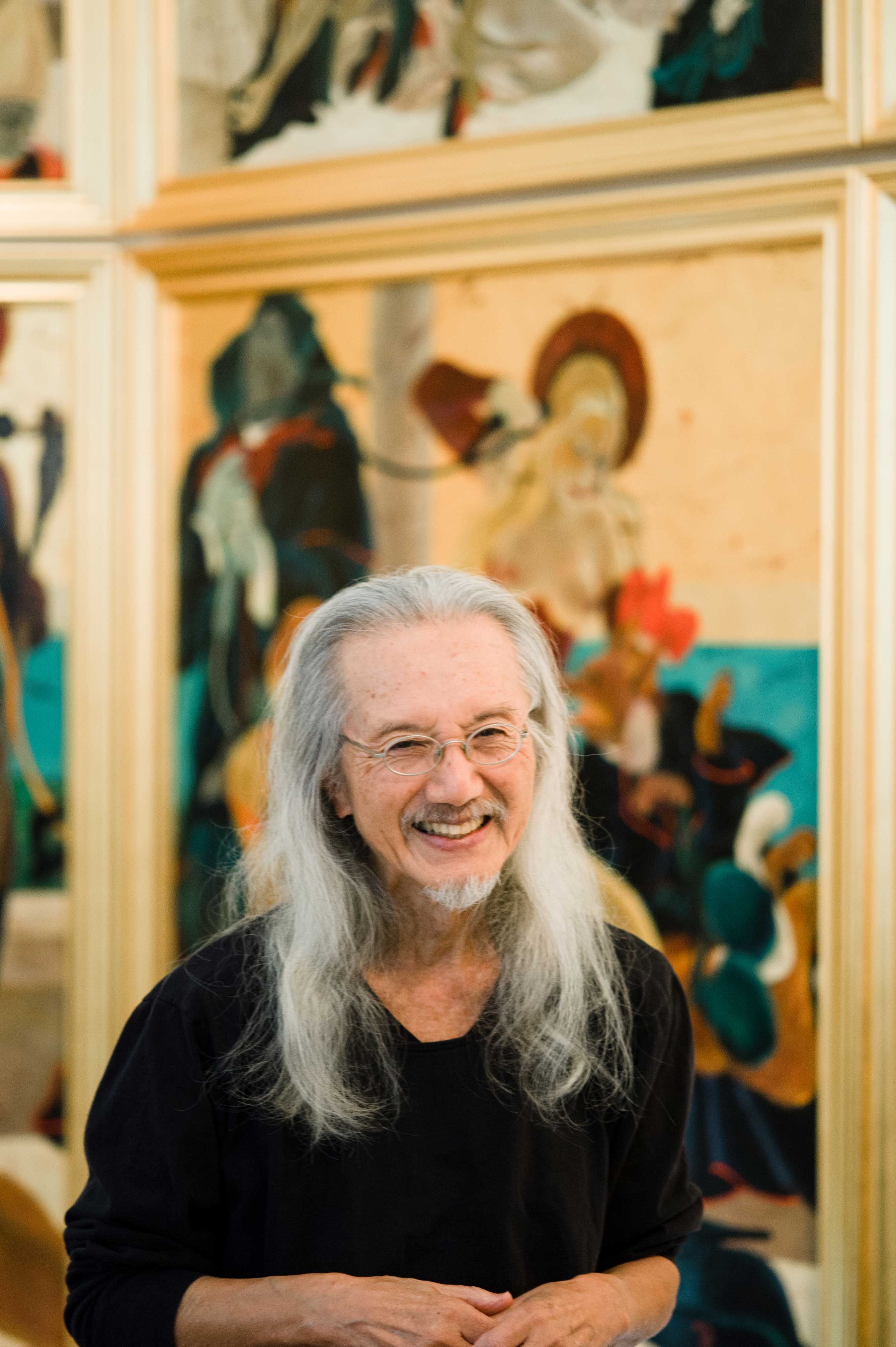
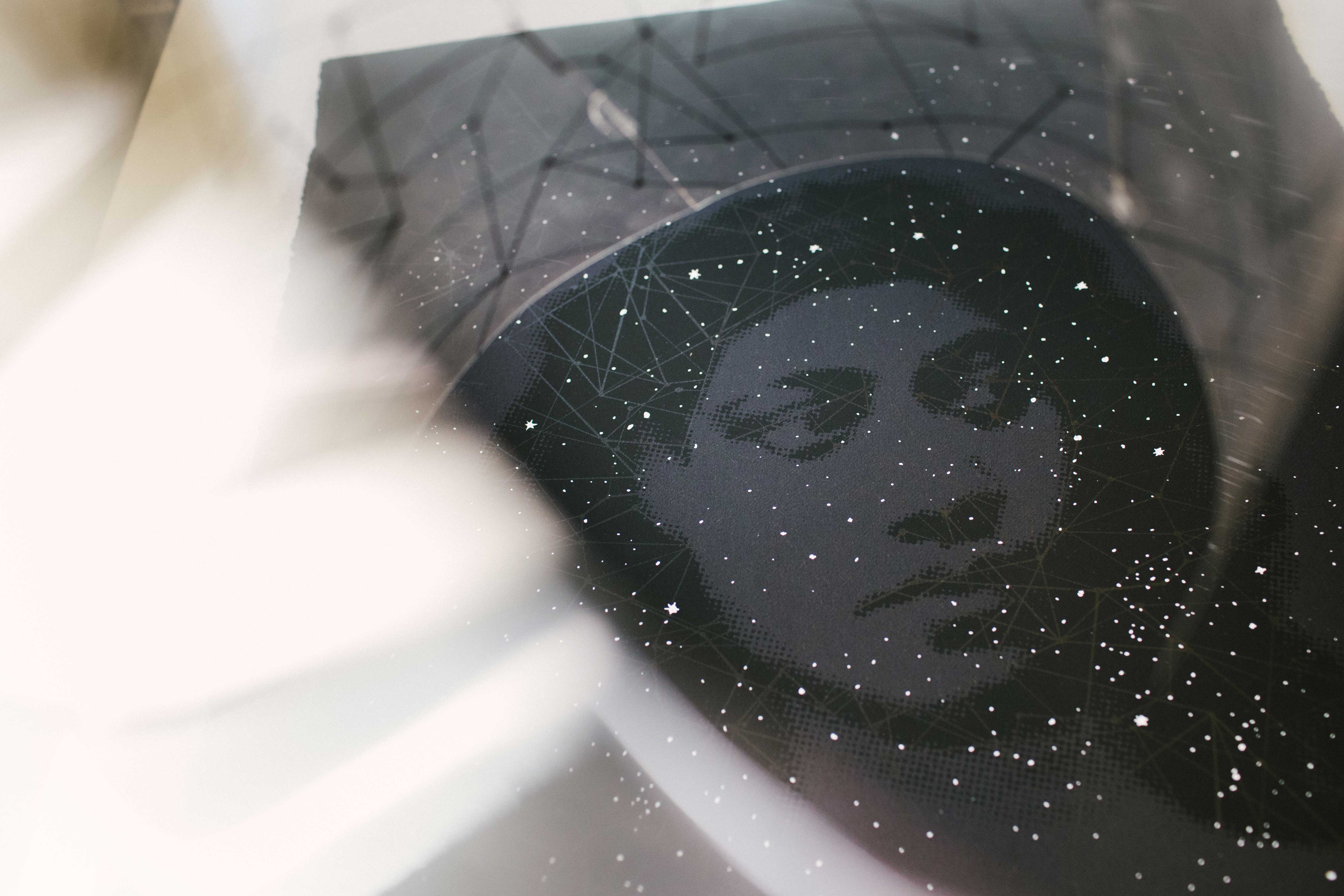

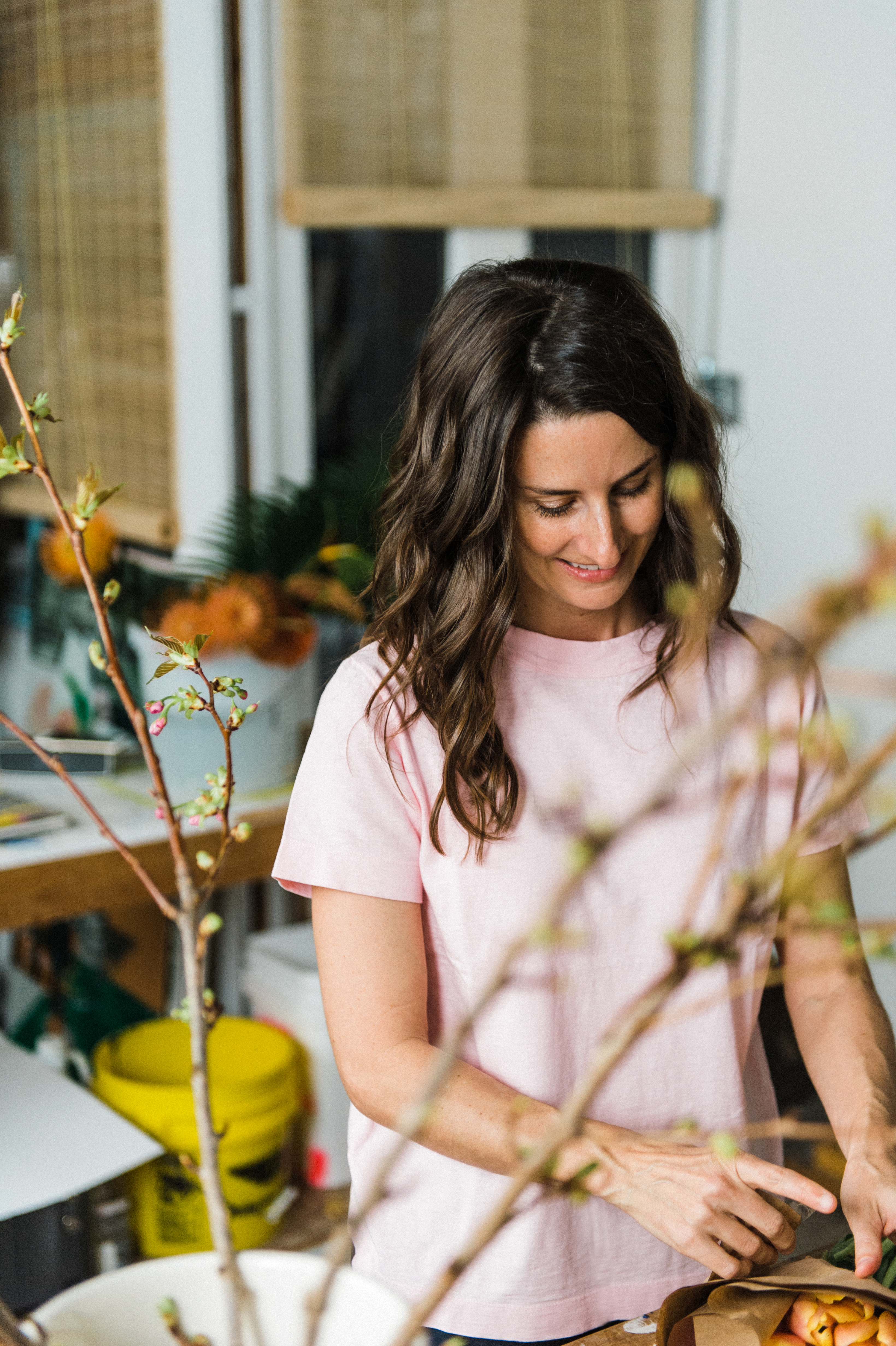
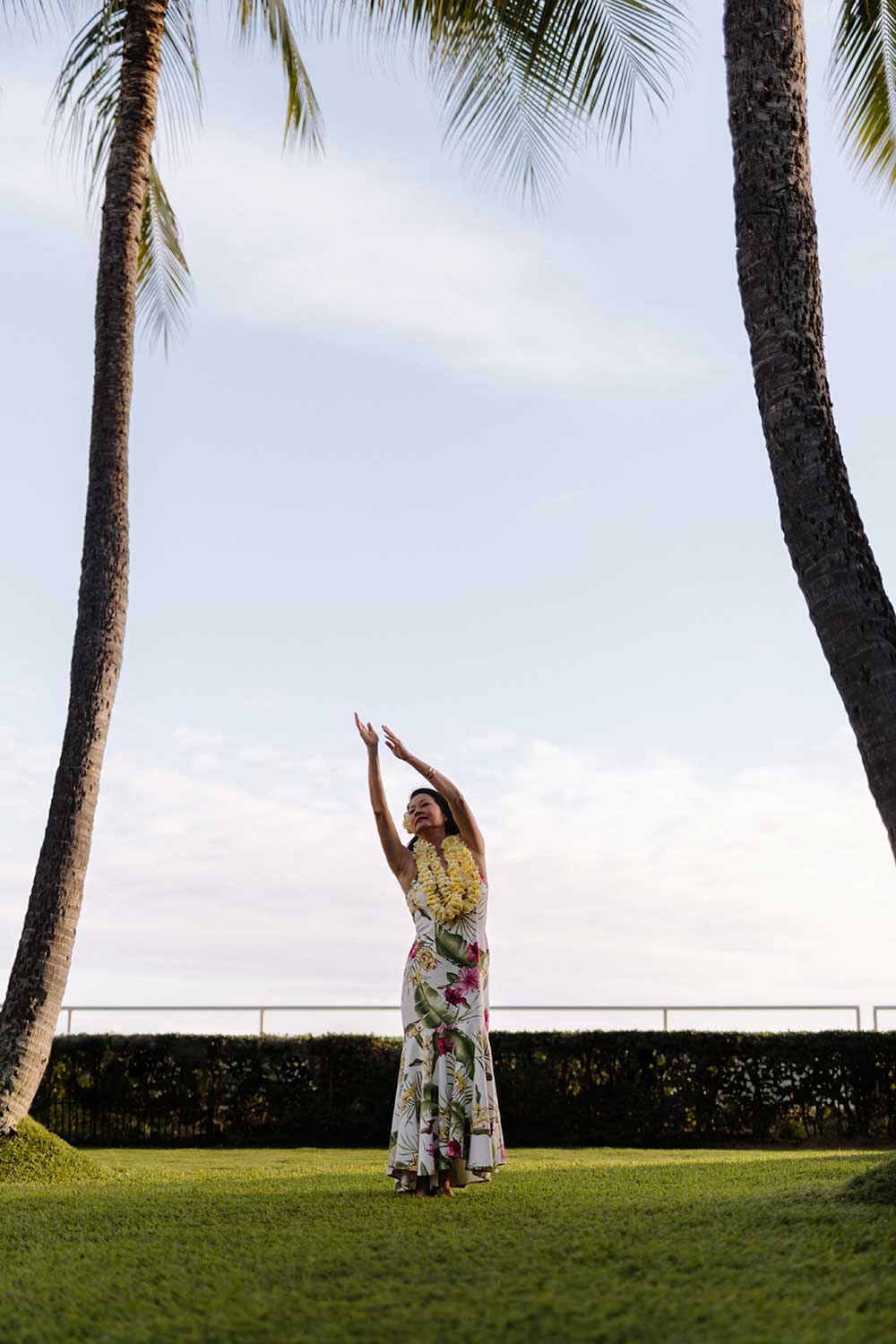
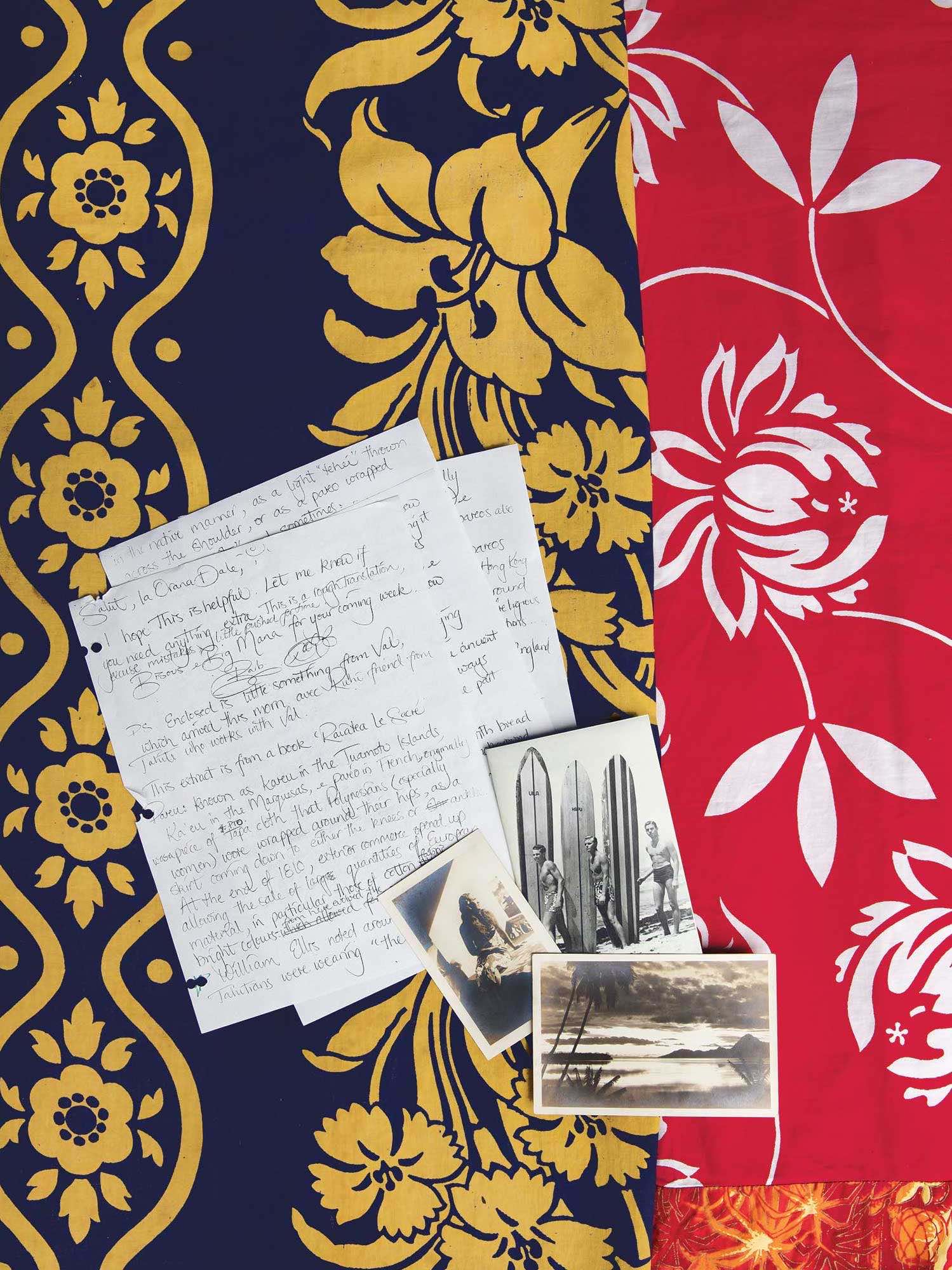
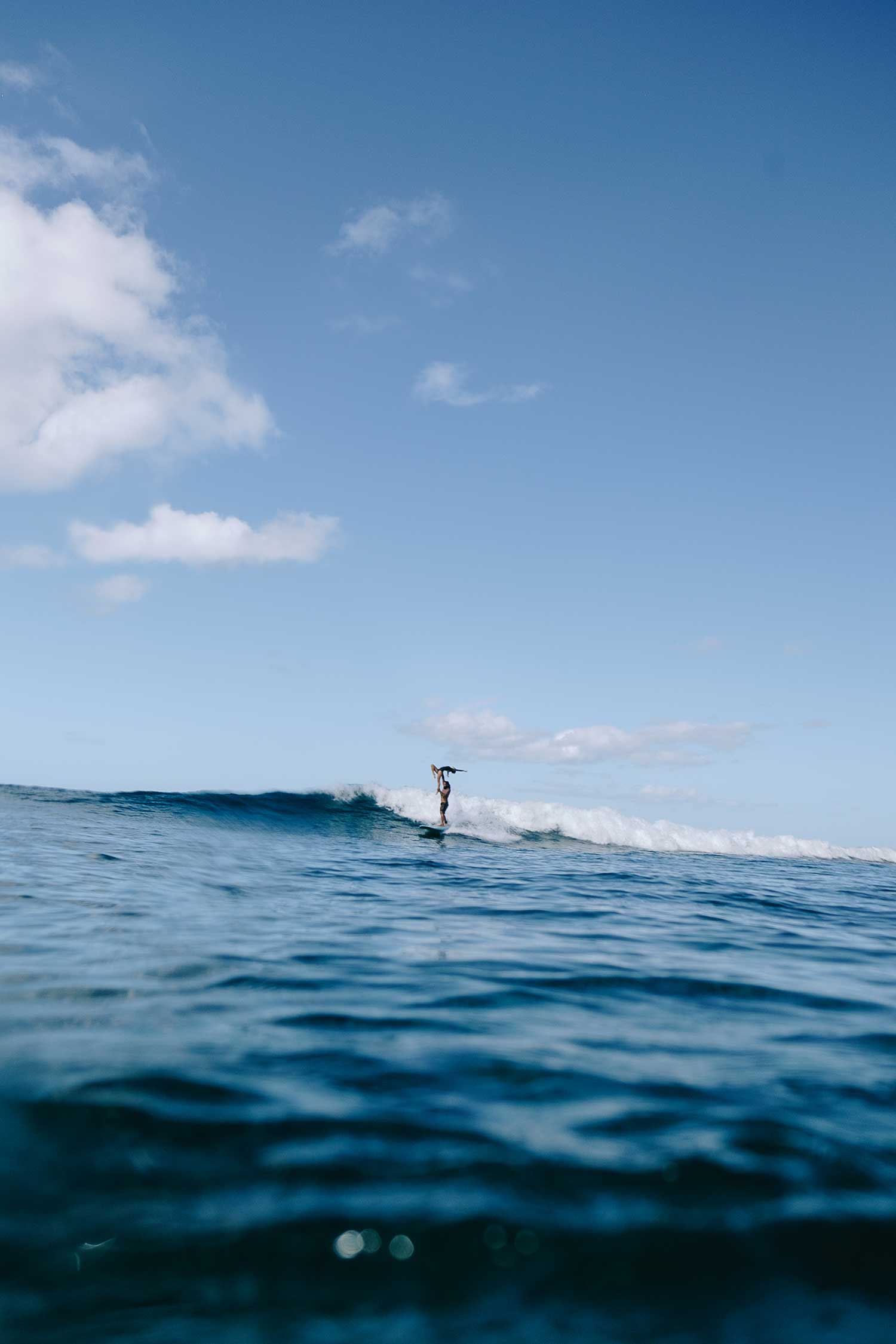
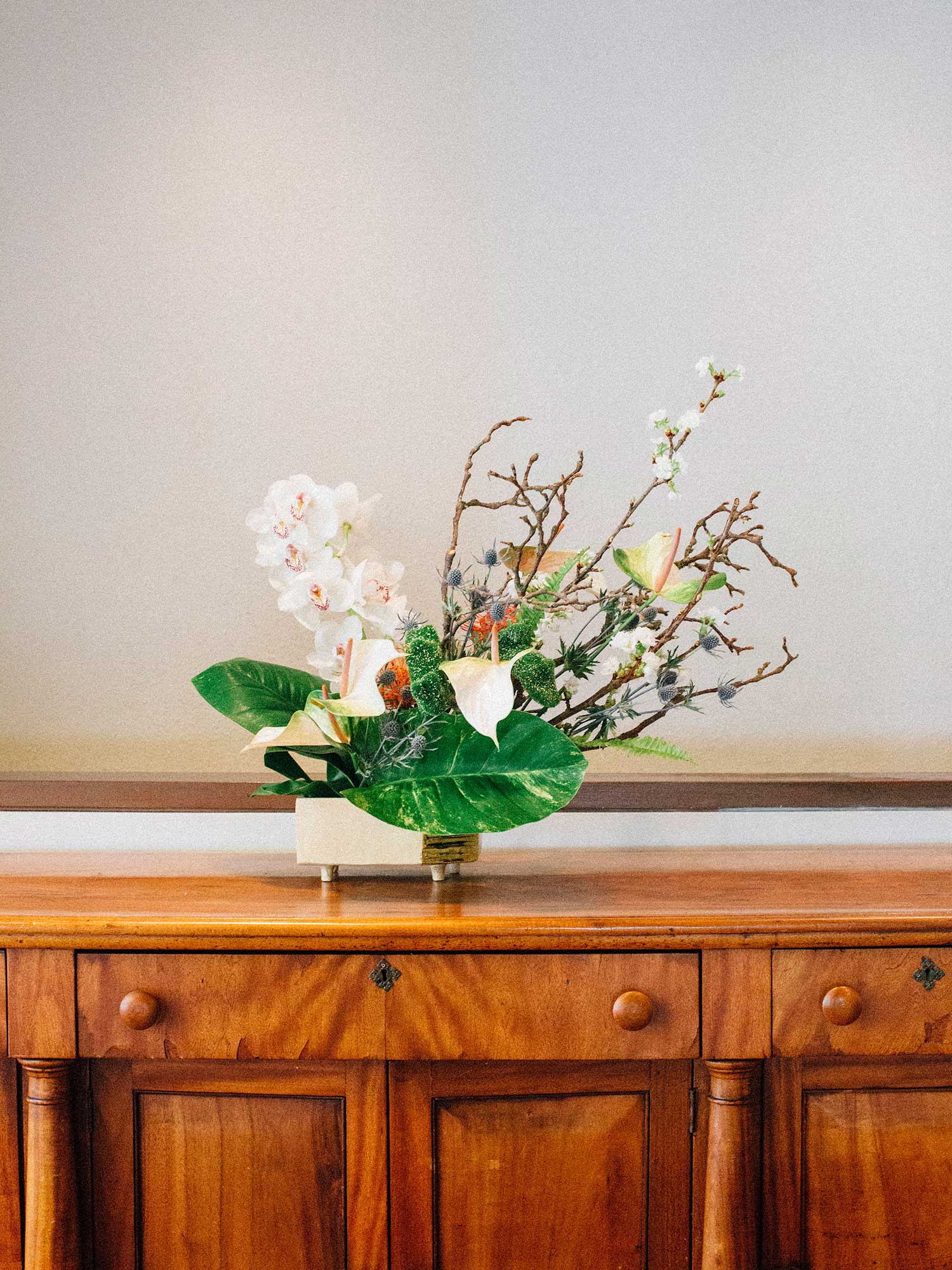
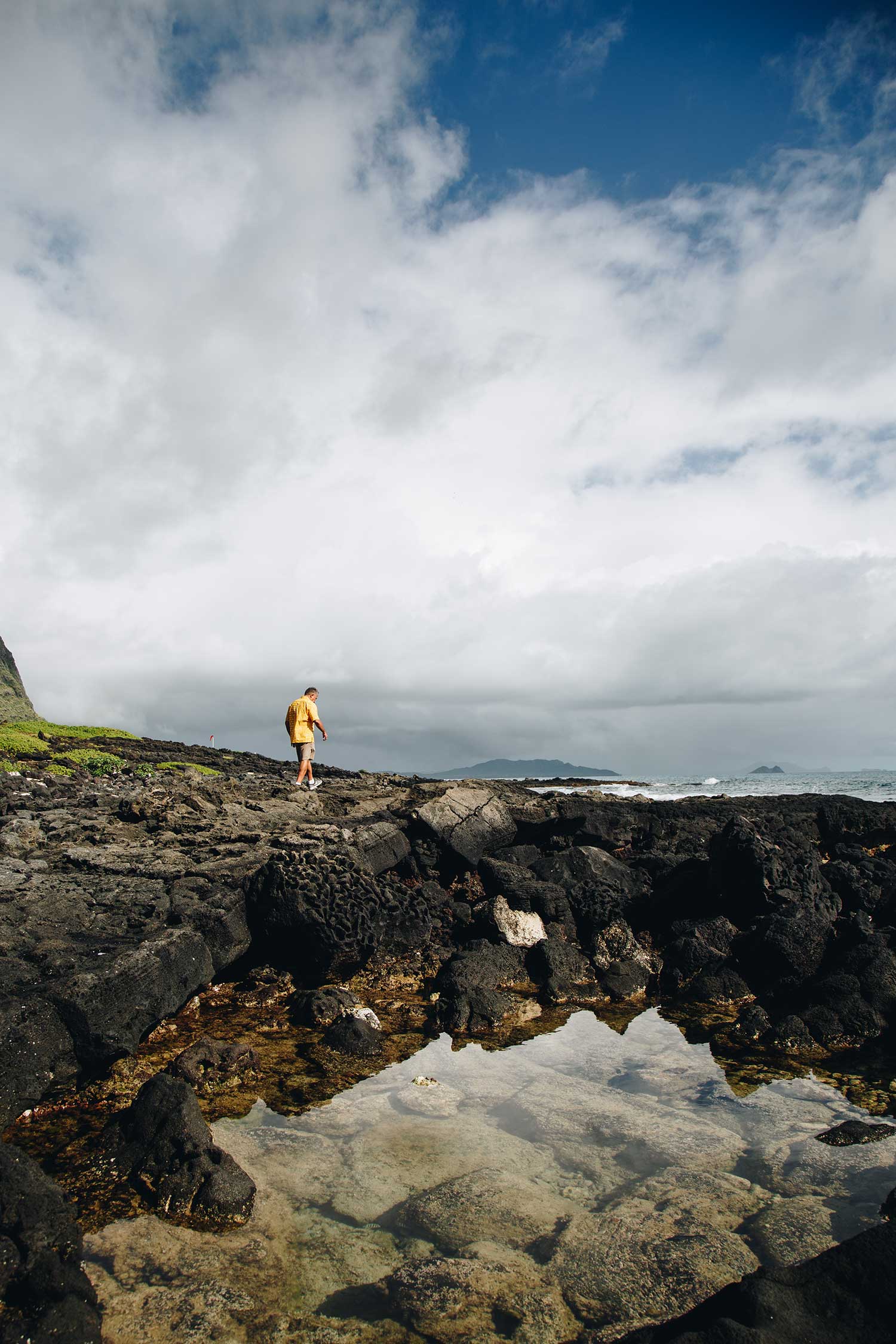
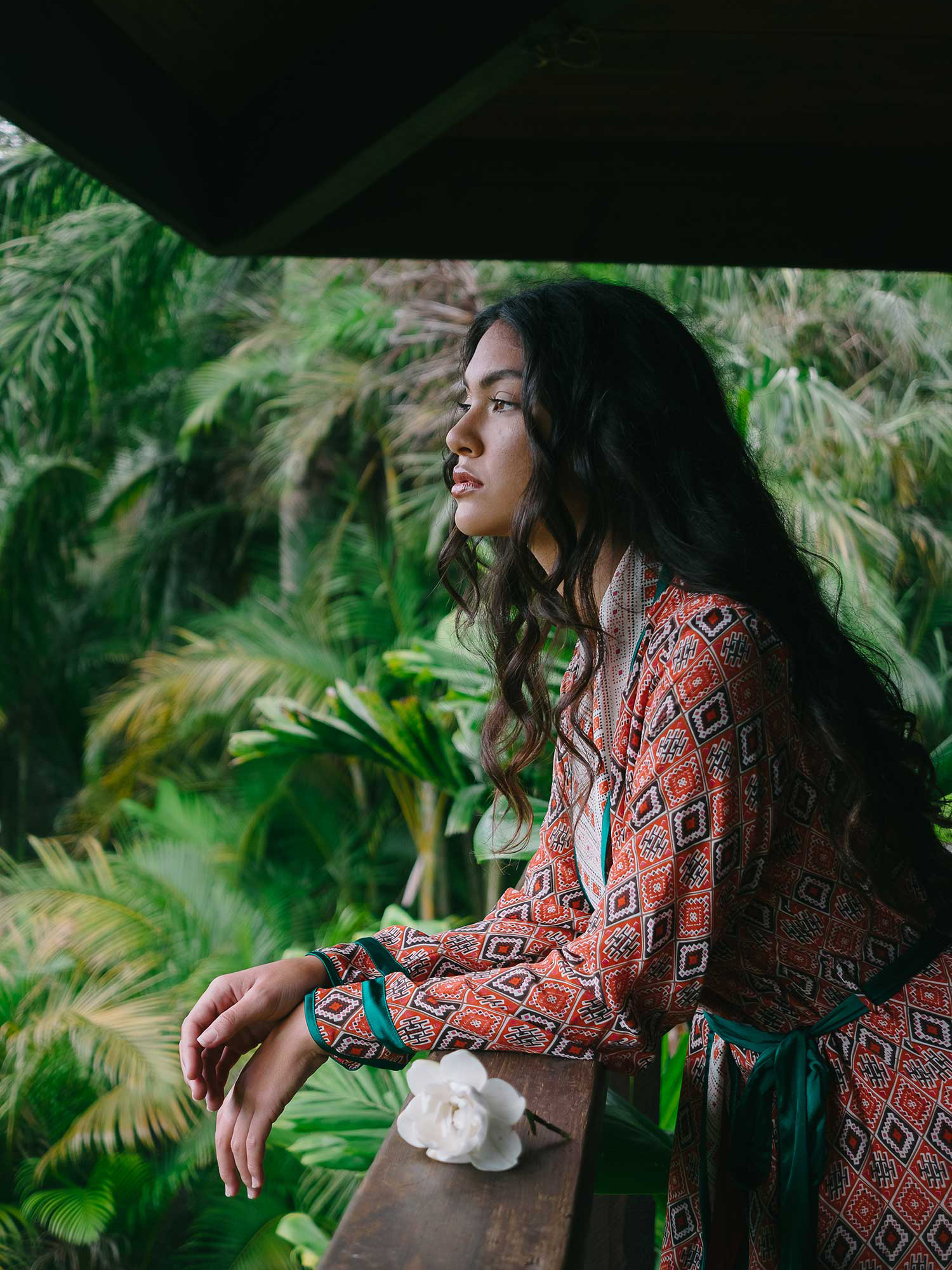
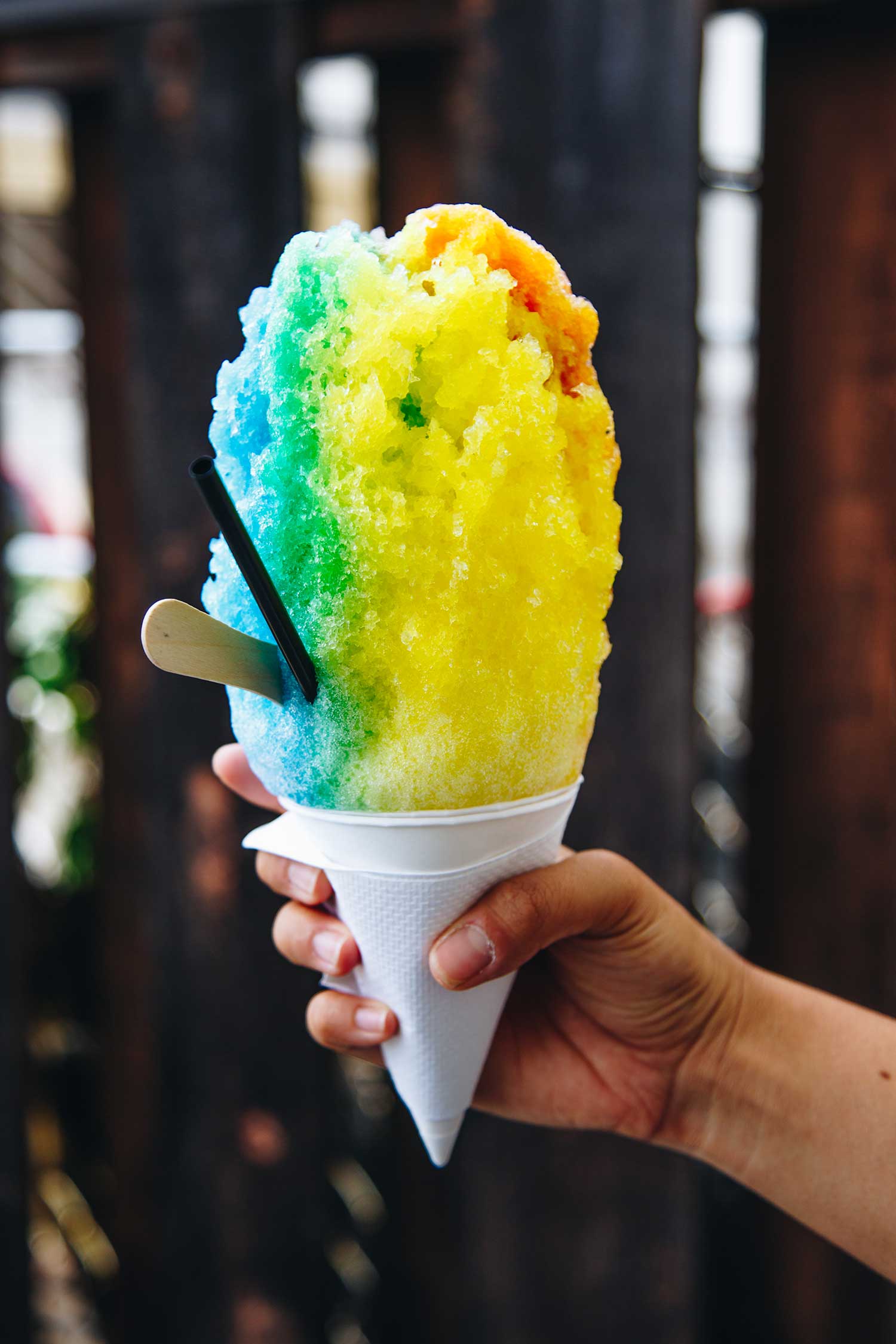
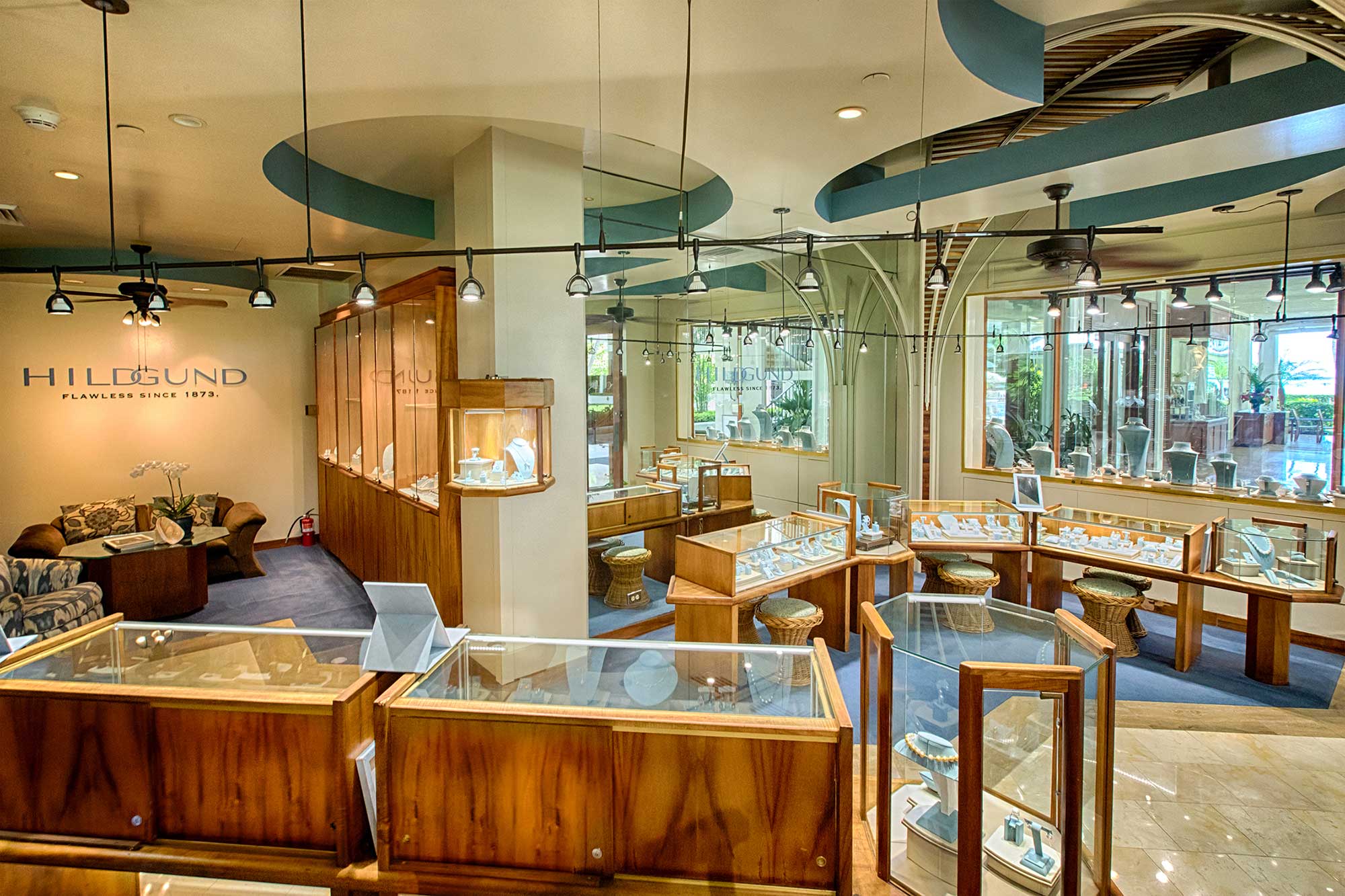
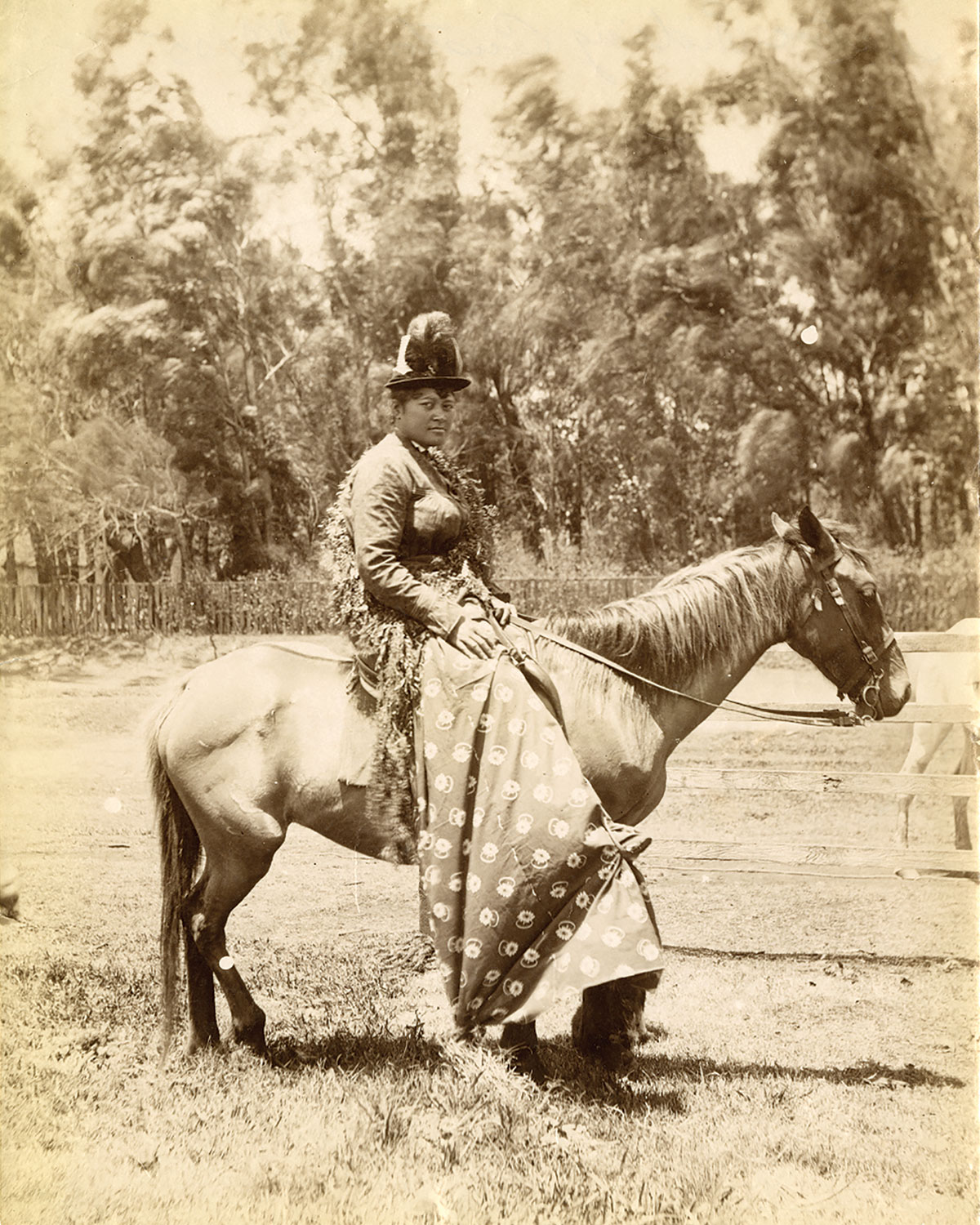
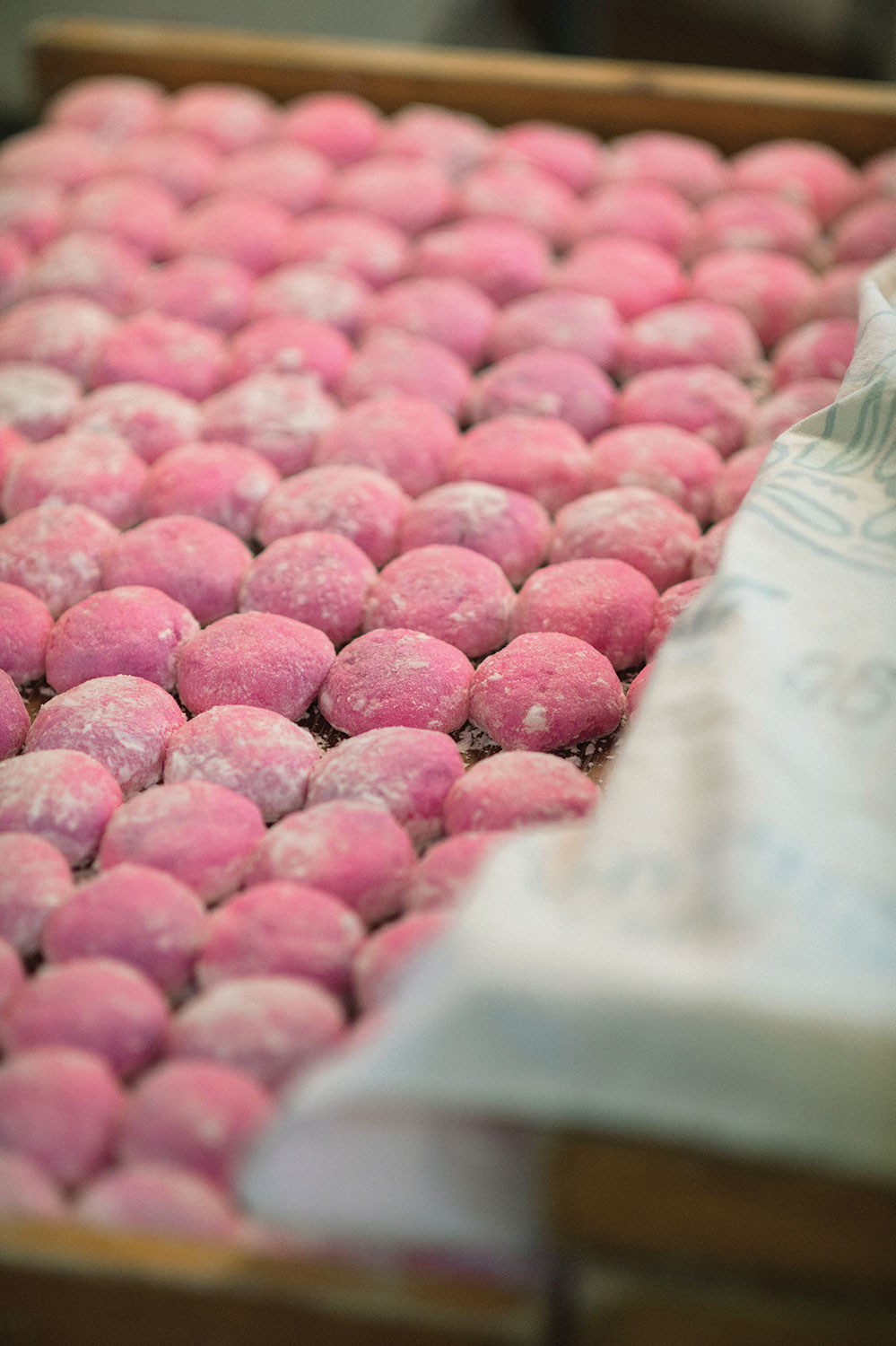
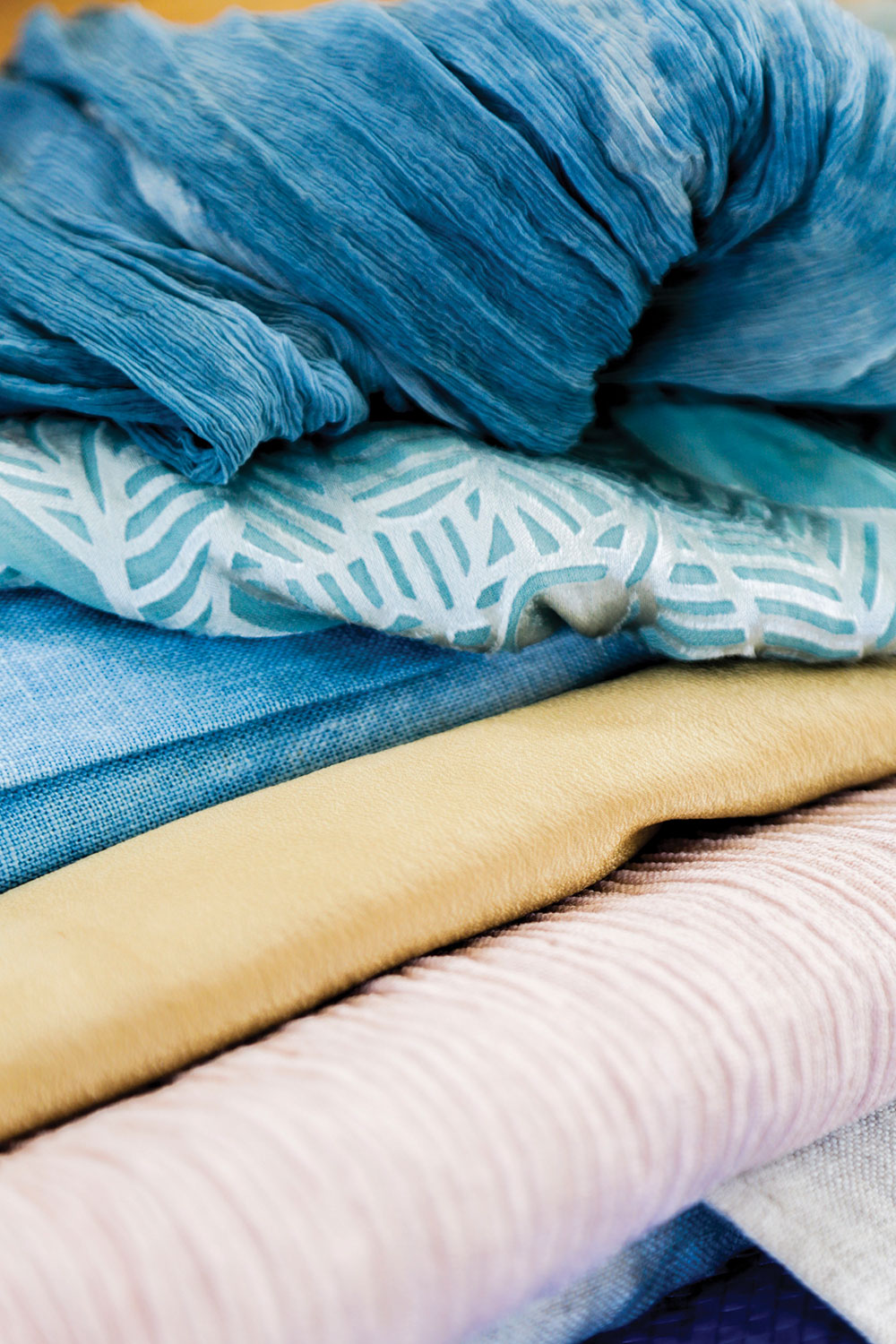
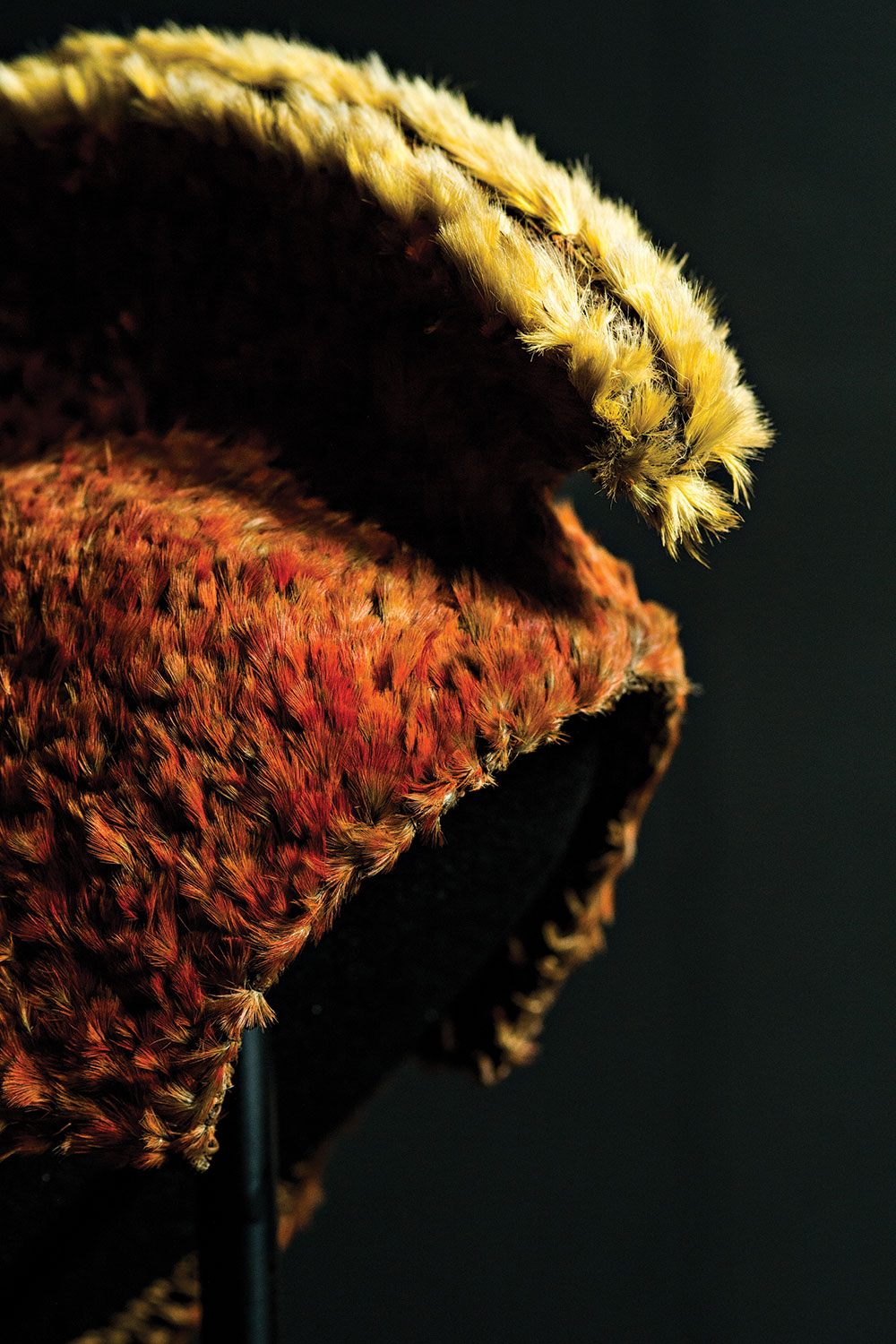
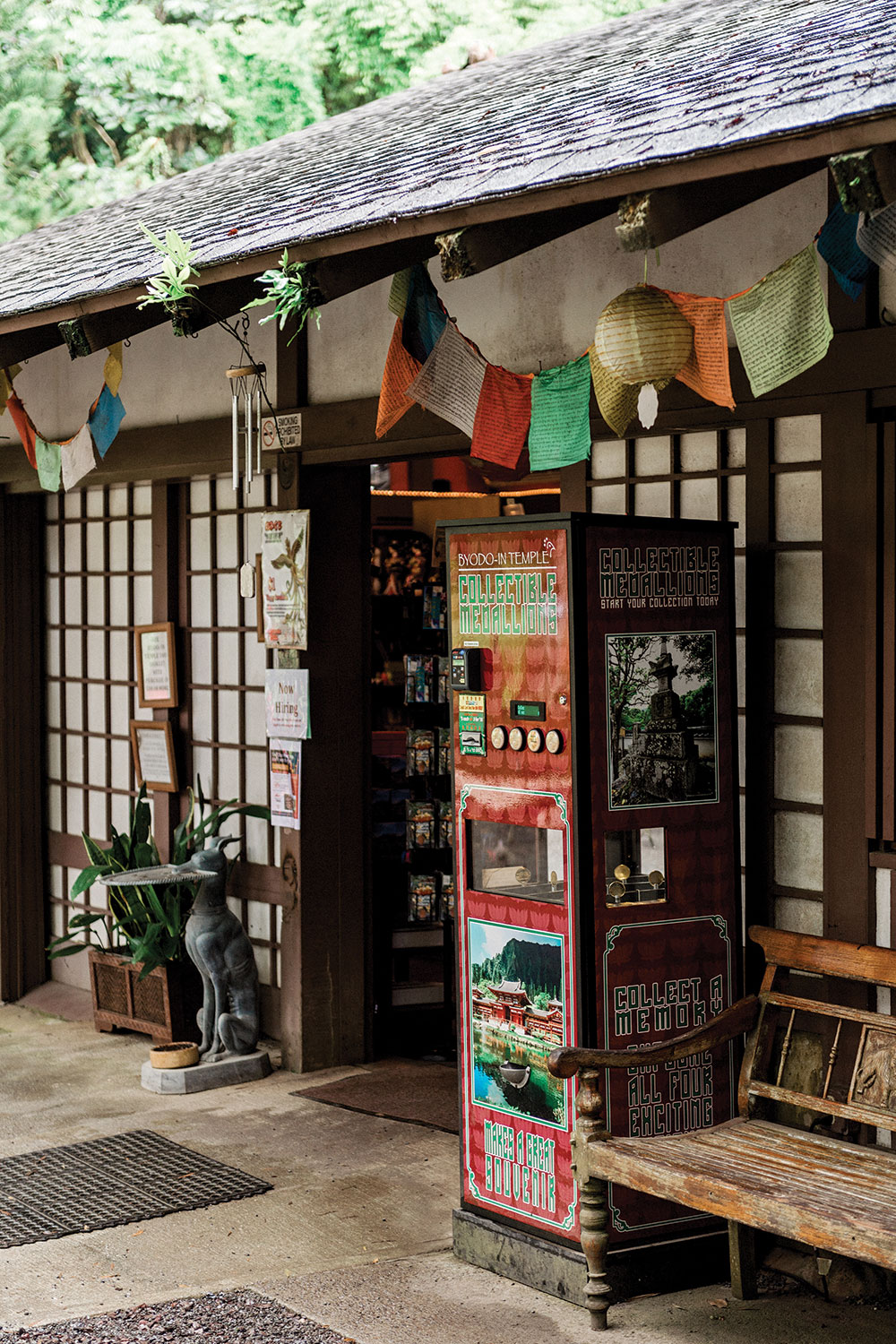
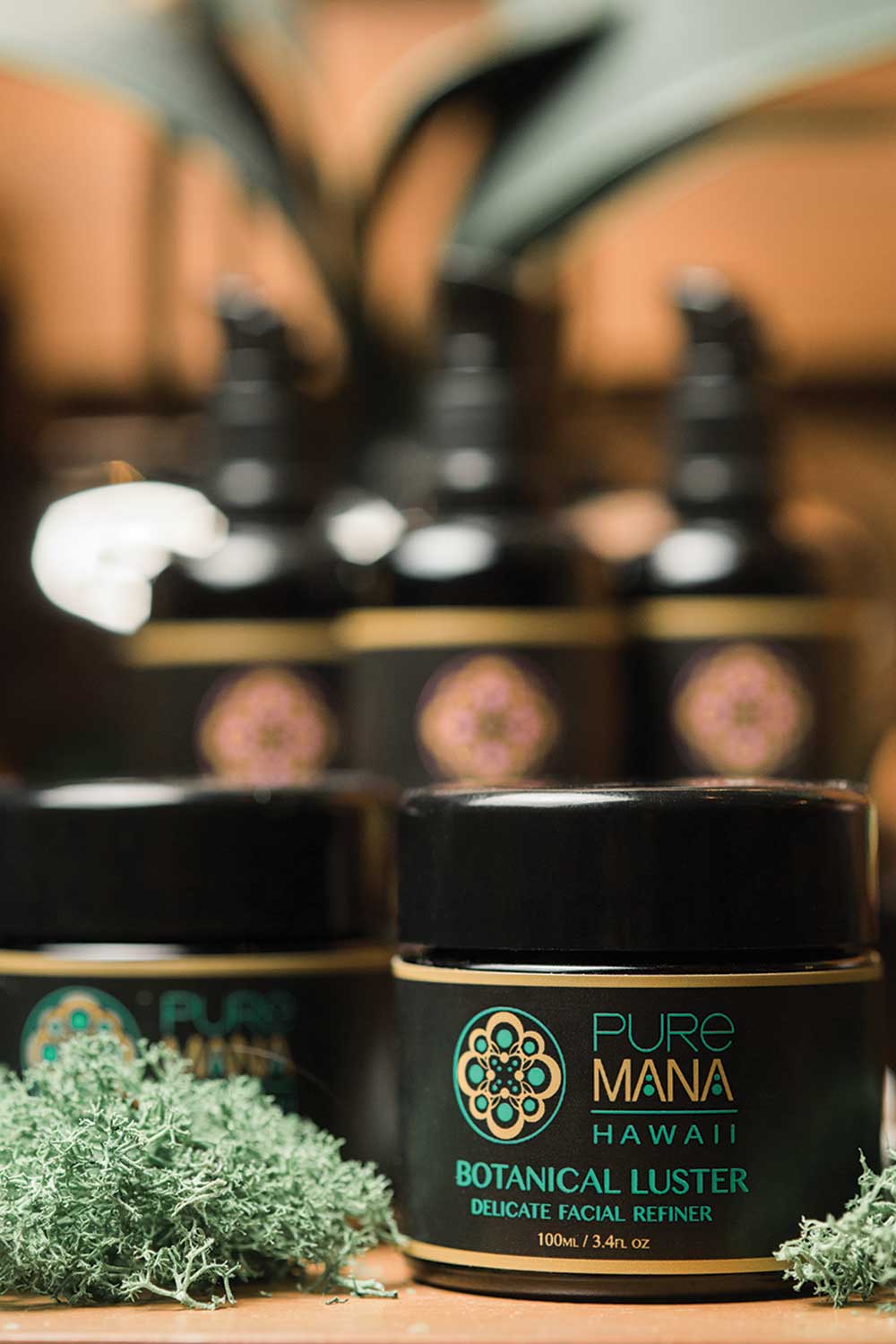
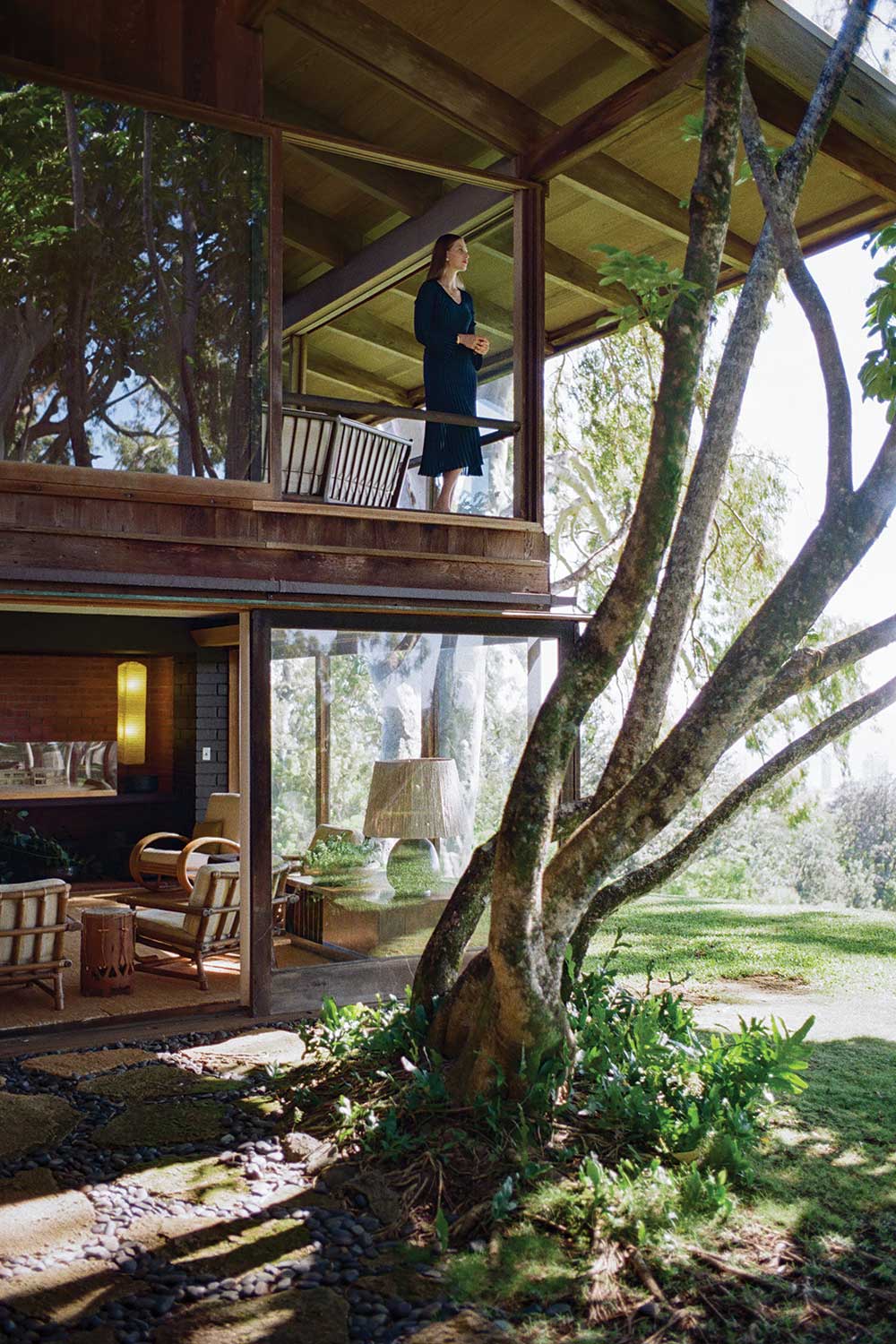
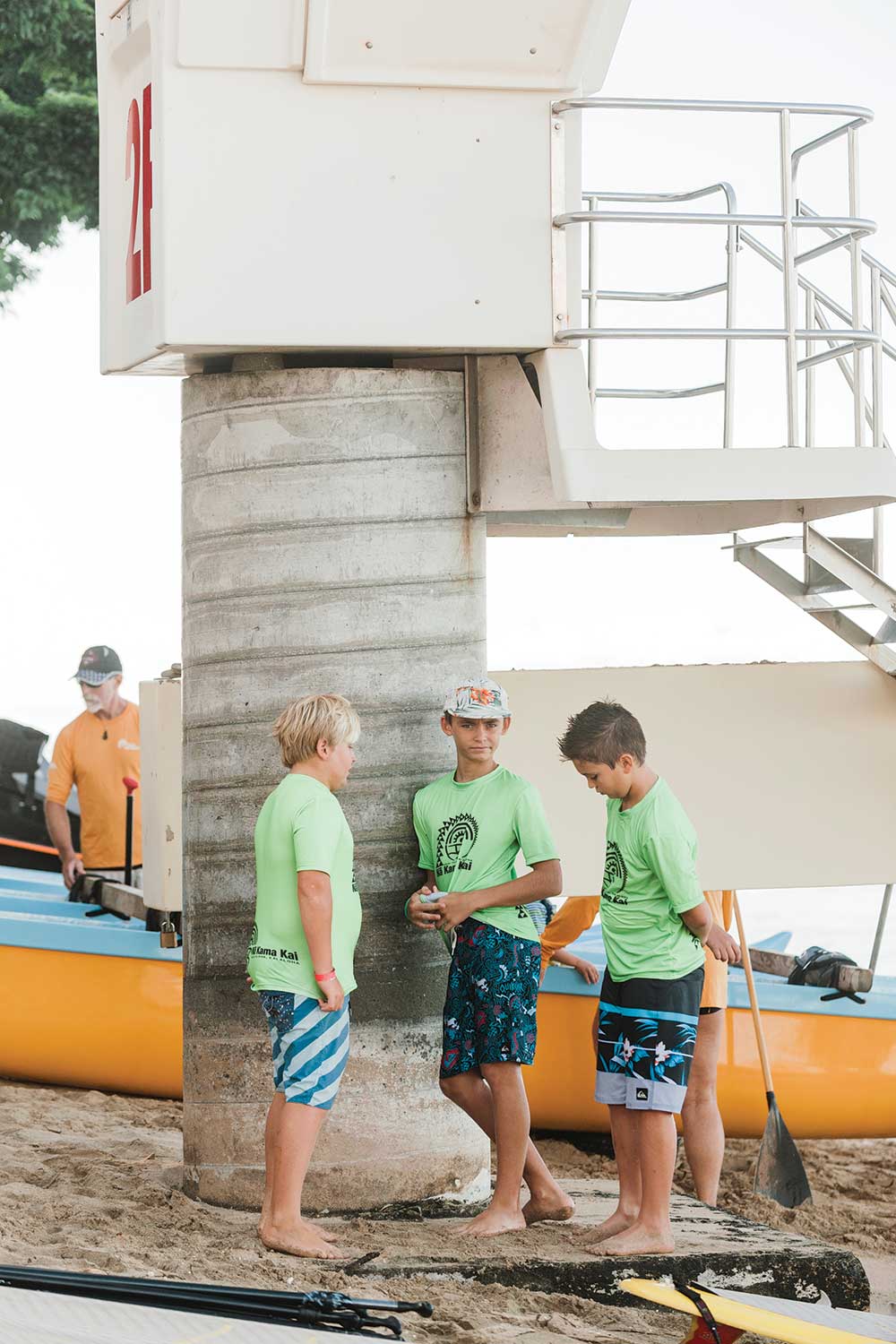
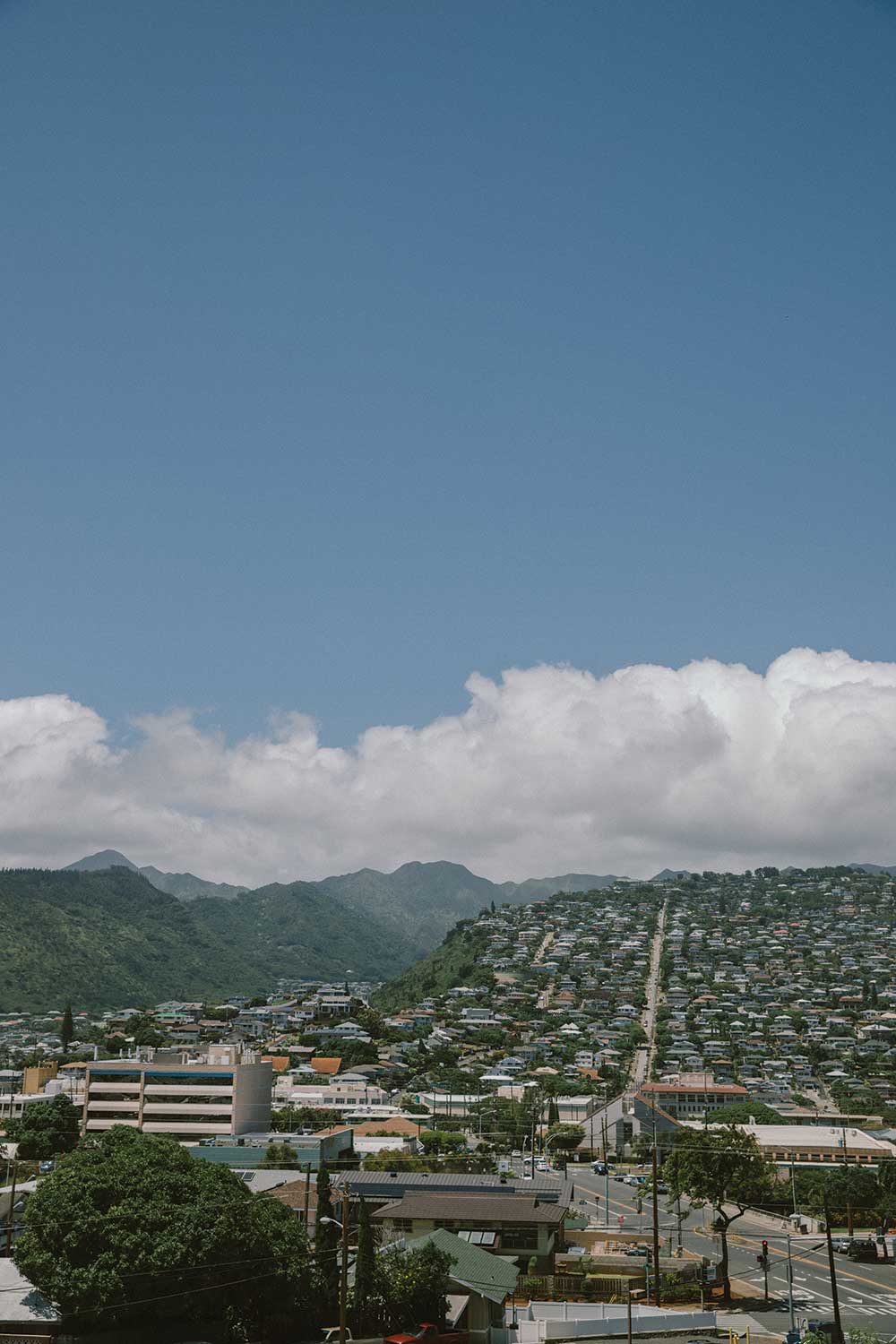

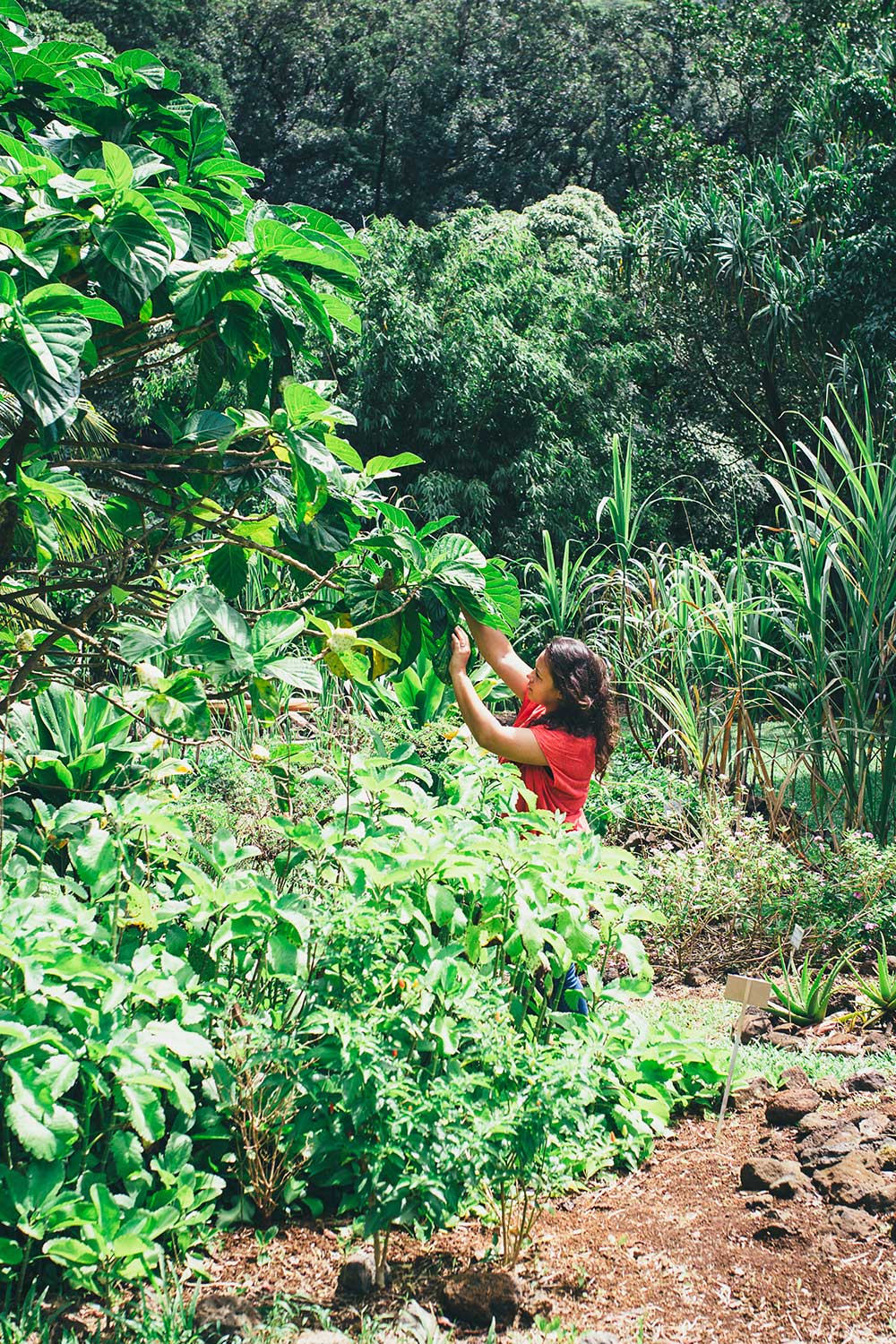

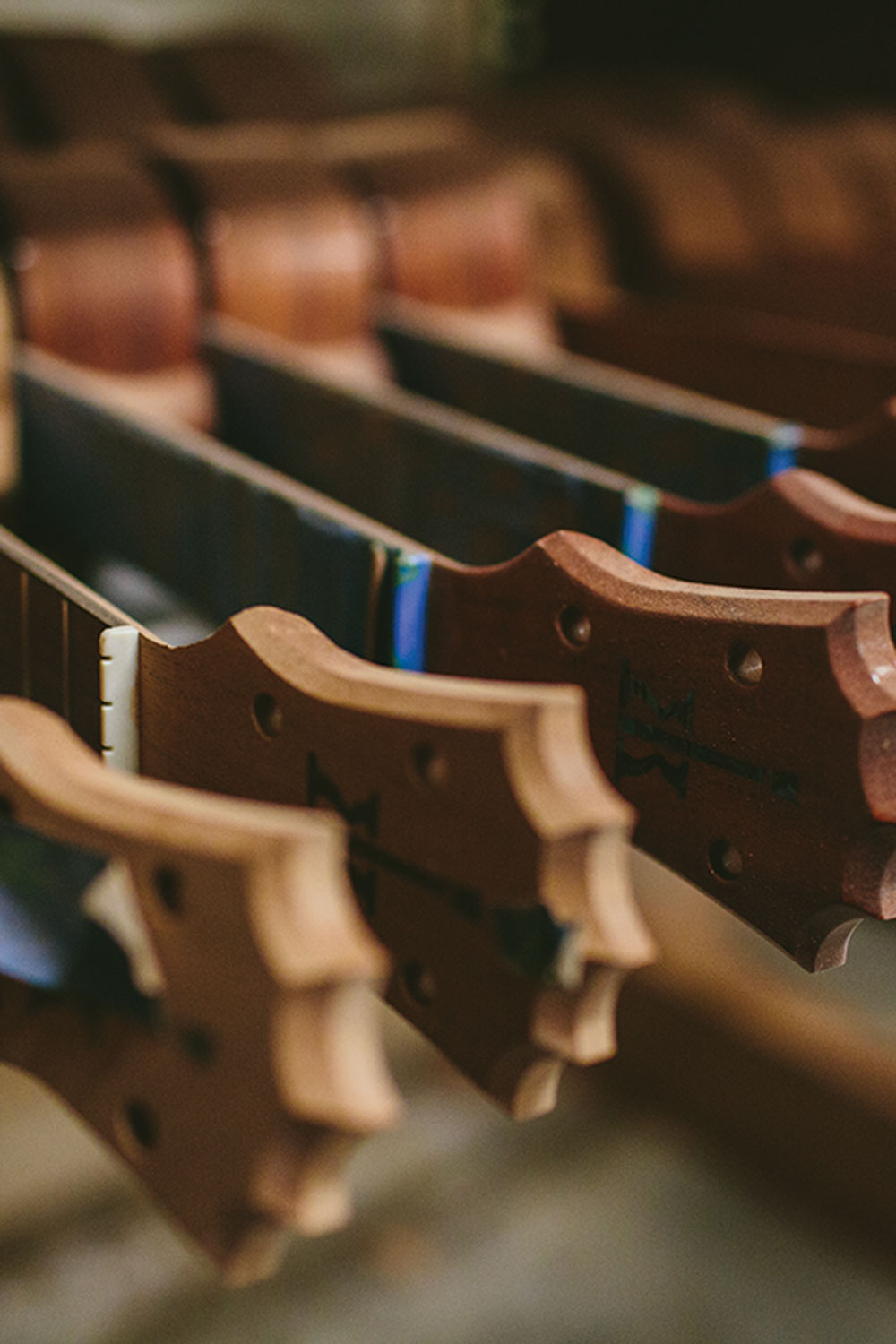
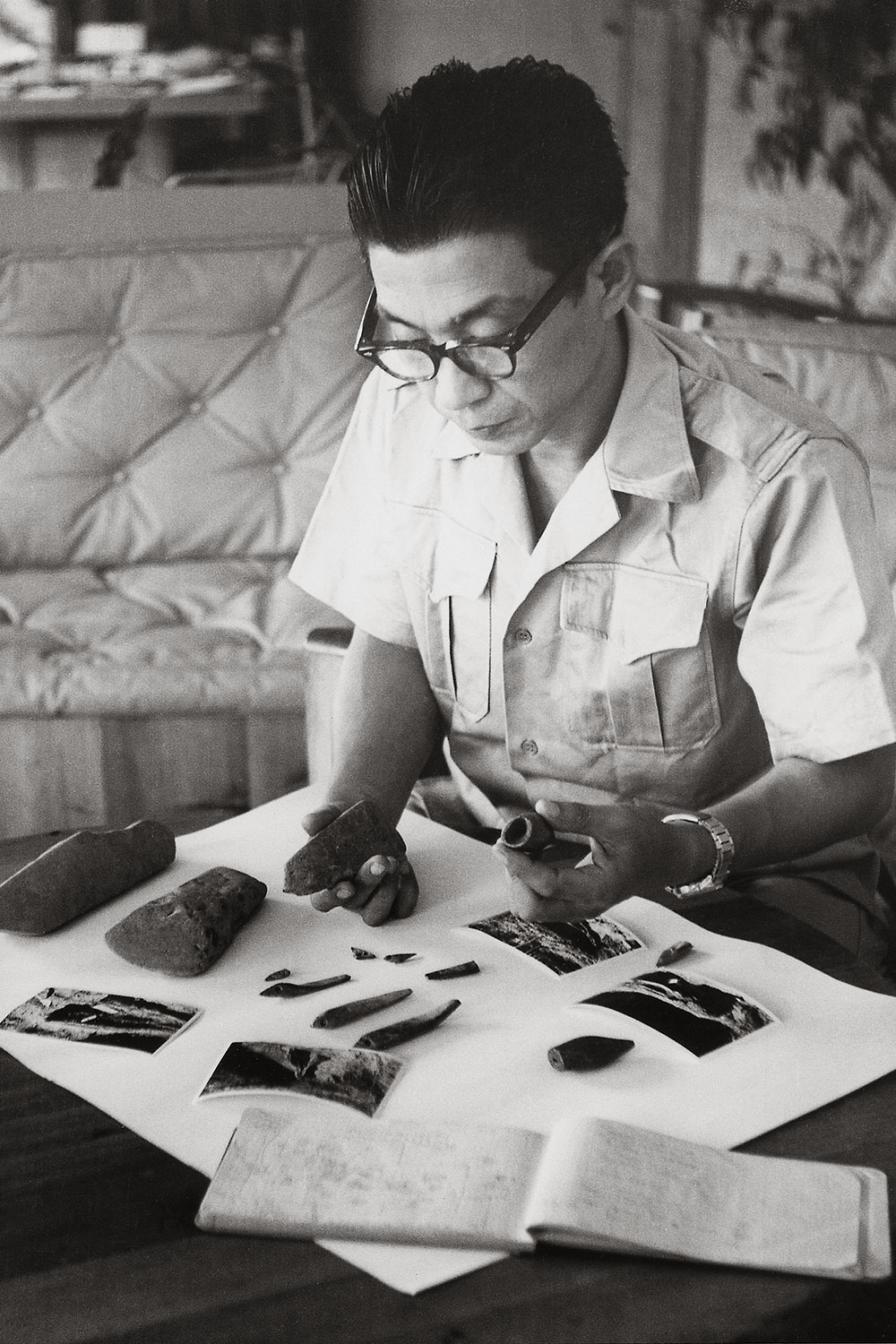
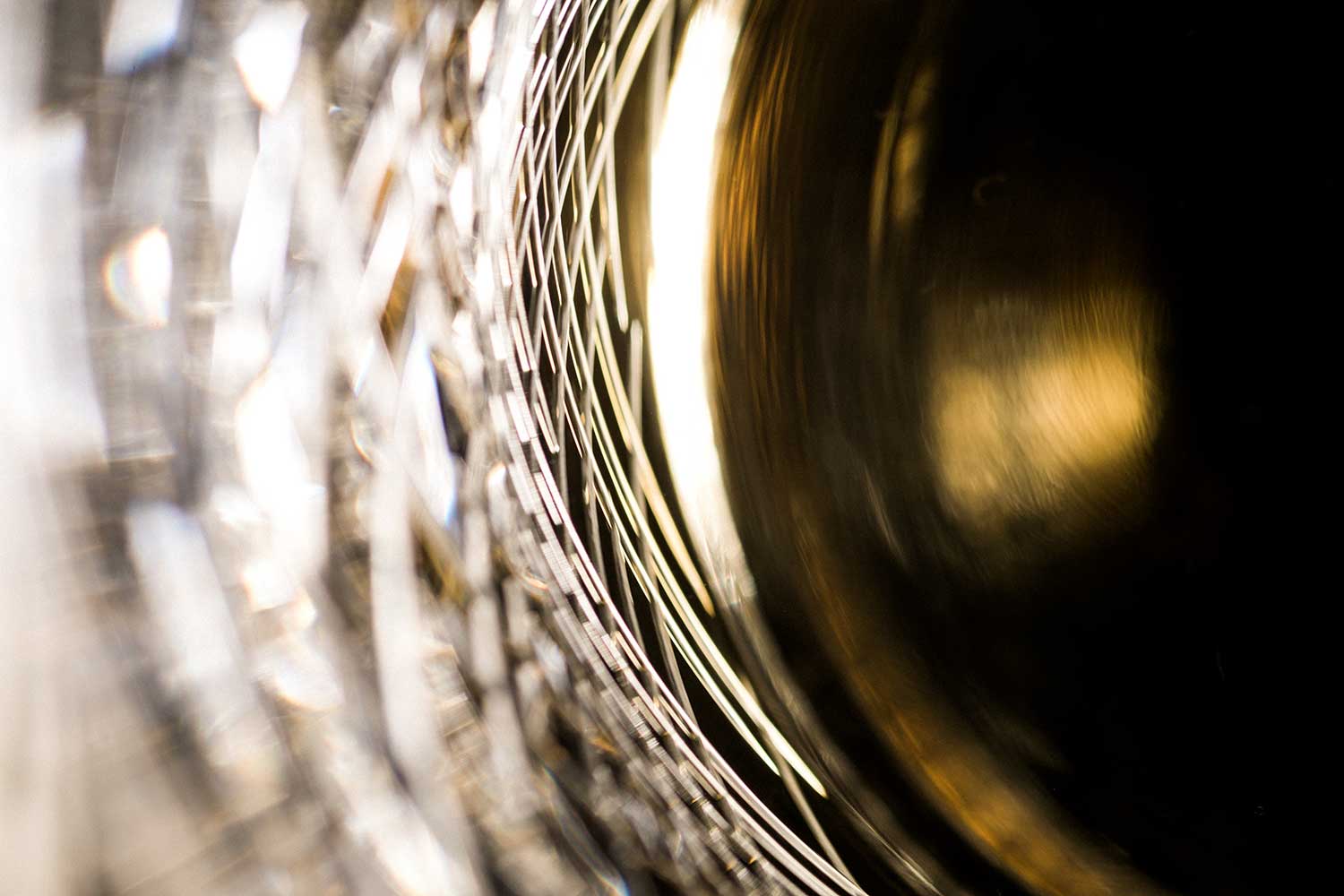











Share: